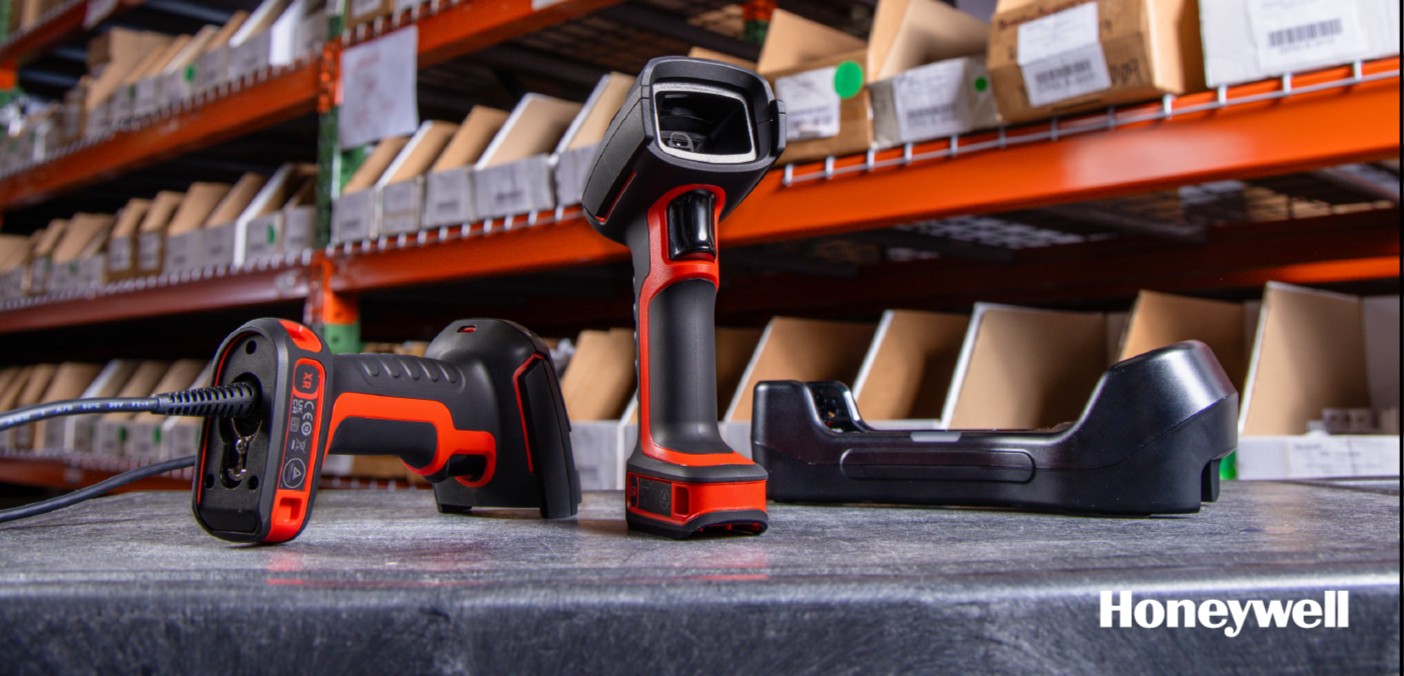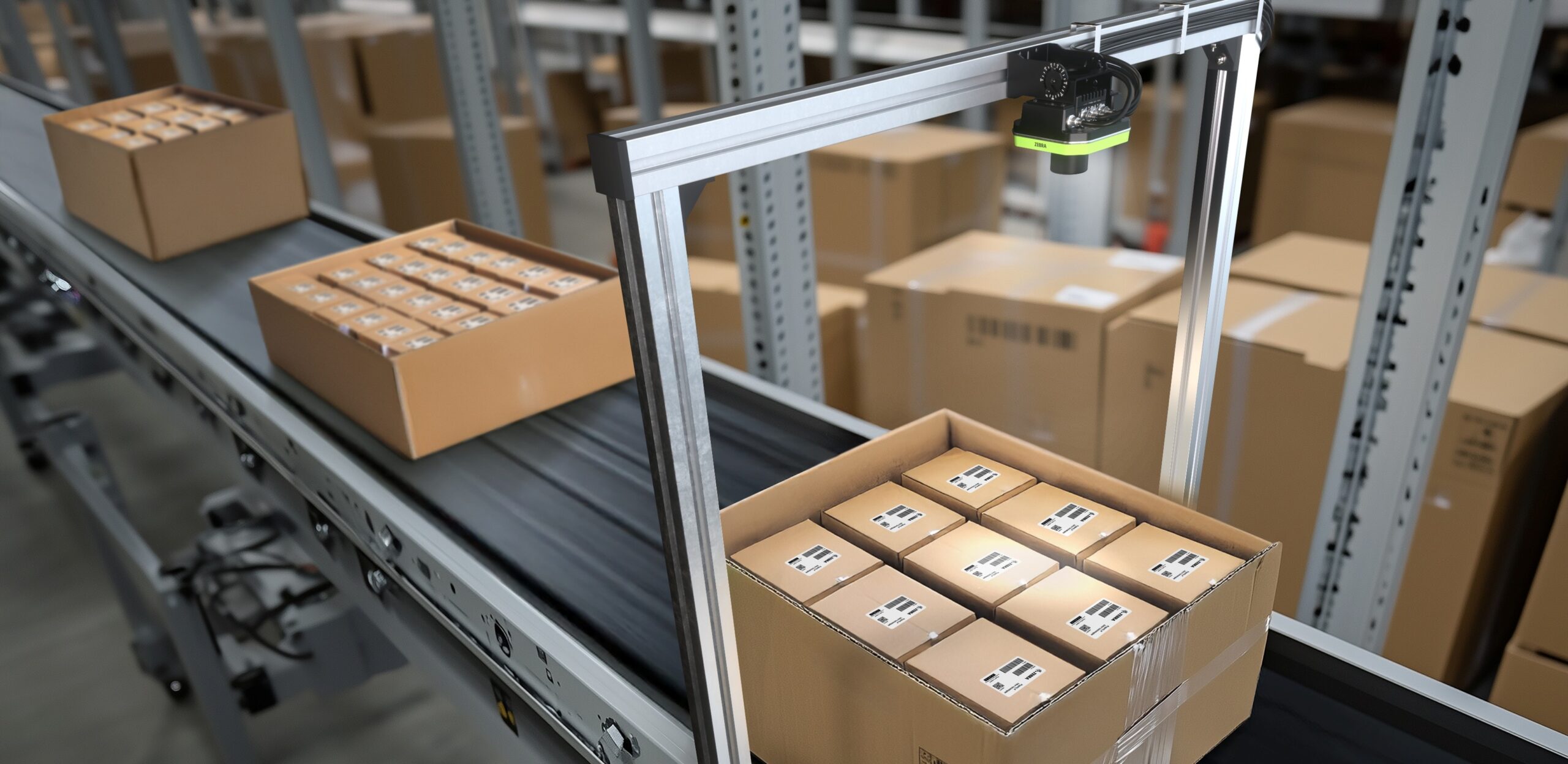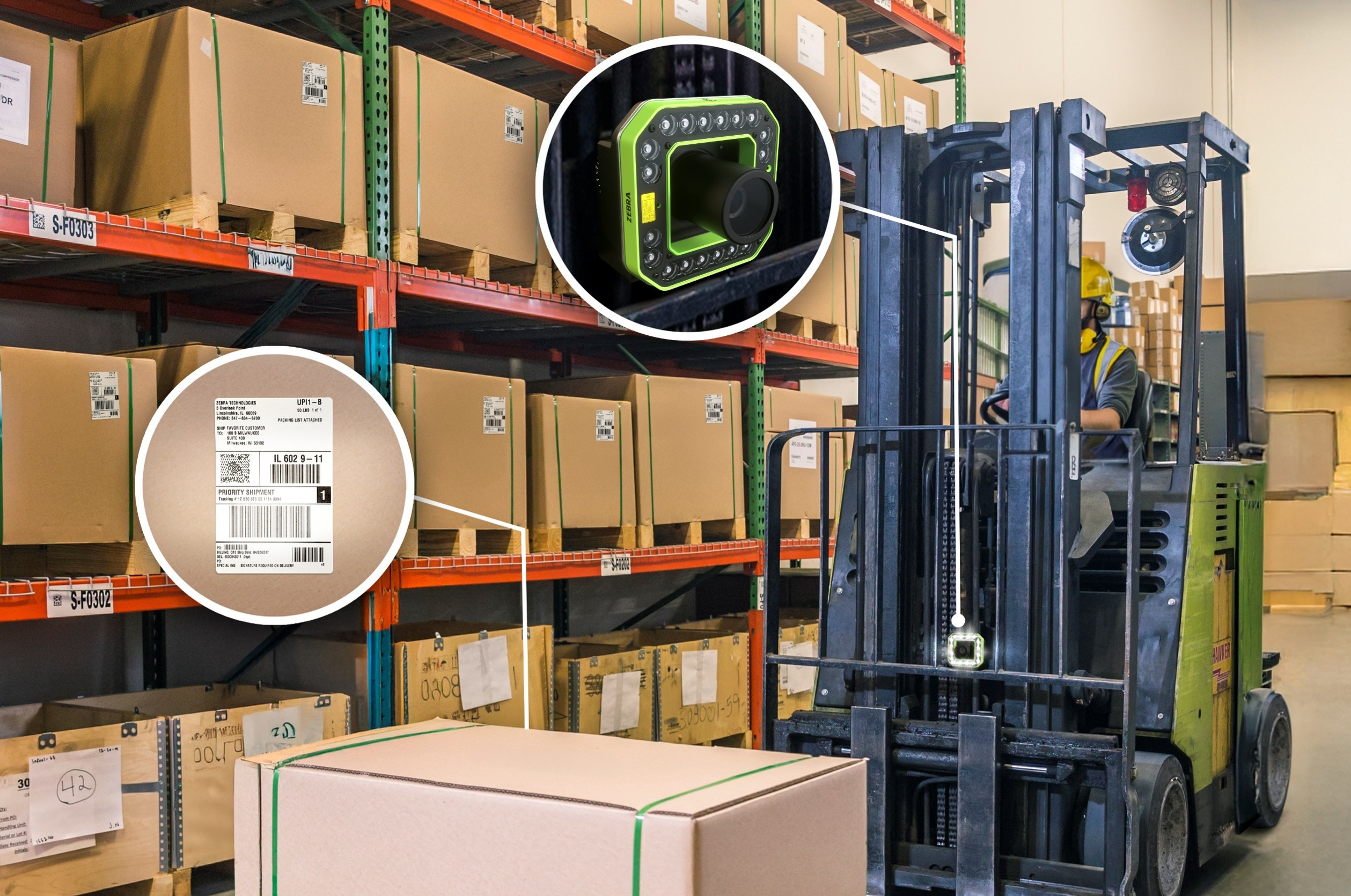

Four Reasons Why it’s Worth Upgrading your Fleet to Linerless Labelling
A growing number of warehouse managers are choosing to deploy linerless labelling in their operations. This format of labels is growing more popular as it becomes more cost-efficient, offering businesses a more sustainable way to manage their Auto-ID systems.
But what sets these labels apart is that they don’t have any liner or backing, skipping the step of removing and disposing of the unwanted material.
Linerless labels have been around for several years, but as sustainability rises to the top of firms’ agendas, they are gathering the mass-appeal that is helping the labels to become more attractive.
As a result, many third-party logistics businesses are rightly re-appraising their approach to labelling and looking at how they can invest in upgrading to linerless-enabled printing fleets.
So, what can your business gain by making the switch to linerless labelling?
- Reducing waste disposal
Doing away with backing paper means the headache around disposal disappears. The labels most of us are familiar with typically have a backing made of glassine – a smooth, glossy paper acts as a carrier for the label. While it’s an excellent material for protecting the label medium, chemical content such as silicone means it’s non-recyclable, so it has to go to landfill.
Switching to linerless labels will help reduce firms’ waste and boost their ESG credentials. But the savings for large logistics businesses can be significant too. Cutting this form of waste is a welcome opportunity for any warehouse manager when you consider that landfill costs are now around £100 per tonne in the UK.
- Removing a potential slip hazard
Keeping health and safety practices faultless means trip hazards are a constant source of concern for warehouse managers. Label printers emitting waste liner paper all day long does not make keeping work areas clear any easier.
Linerless printers remove the potential slip hazard by taking the backing out of the equation altogether.
- Space reduction and increased yield
The number of labels you can print from one roll also increases with linerless, as the thickness of the label is effectively halved without the backing paper. And not only do you save between 40-50% in the space taken up in storage and transport, businesses get the benefit of buying replacement rolls less frequently.
- Fewer changeovers
With significantly more labels per roll, this means staff on the warehouse floor don’t need to replenish labels in devices as many times. This boosts productivity by reducing printer downtime, including minimising the risk of users damaging printer parts while carrying out changeovers.
A new approach
Linerless labelling is a technology that is still developing, and that means there are some considerations to bear in mind before making the switch. First, linerless labels are currently offered by only a core number of manufacturers, so the availability of supplies is limited.
Also, because the adhesive is exposed during the process of printing, it may build up within the printer, so the printers will need more regular cleaning than traditional label printers do to prevent the cutters from becoming clogged with glue. The approach is also not compatible with batch-printing labels, so some users may need to make workflow adjustments.
Finally, your existing equipment won’t cope with linerless labels, so you’ll need to replace your existing printers. Brother’s experts will be happy to talk through your requirements and answer any questions.
Cleaner, safer, more sustainable
If you’re looking for ways to enhance productivity, make sustainability gains, reduce waste, and improve warehouse health and safety, linerless labelling could help you take a step in the right direction.
Printer manufacturers are helping make the proliferation of linerless labels possible by releasing new models compatible with the paper. For example, you can fit the Brother RJ-3 and RJ-4 series mobile label printers with a platen roller to convert them to linerless printing. They still deliver the same high-quality, clean printing performance you get with traditional print media, but with the added benefits above.
Linerless capability is also available for desktop printers, including Brother’s TD-4 range and coming soon to TD-2 units, to ensure users can gain the benefits in every part of the warehouse, especially at the packing bench.
To speak to us about how linerless labels and Brother devices could help your business, get in touch
Related Partner News

The Next Generation of Ultra-Rugged Scanning
Precision scanning built to last.
Durable, effective scanning solutions for warehouses, distribution centers, manufacturing plants, transport and logistics hubs In today’s fast-paced distribution centers, warehouses, and manufacturing environments, barcode scanning plays a vital role in maintaining workflow productivity.

Accelerate Performance with Precision, Automation and Built-In Intelligence.
Built for Speed.
Designed for Accuracy.

Transforming operations with fixed industrial scanners
Fixed industrial scanners are revolutionising the logistics sector, ensuring that products are shipped quickly and accurately to meet increasing customer demand, according to Jamie Mottershead, Technical Director at Renovotec.
Ecommerce is booming, with the sector experiencing continued growth, meaning distribution centres, warehouses, and supply chains need to process goods at a faster rate than ever […]
